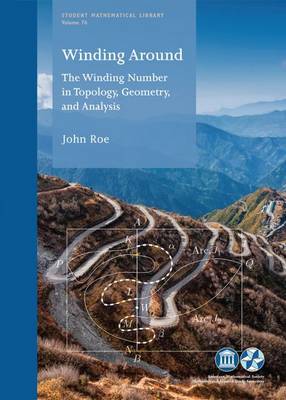Student Mathematical Library
1 total work
The winding number is one of the most basic invariants in topology. It measures the number of times a moving point $P$ goes around a fixed point $Q$, provided that $P$ travels on a path that never goes through $Q$ and that the final position of $P$ is the same as its starting position. This simple idea has far-reaching applications. The reader of this book will learn how the winding number can help us show that every polynomial equation has a root (the fundamental theorem of algebra), guarantee a fair division of three objects in space by a single planar cut (the ham sandwich theorem), explain why every simple closed curve has an inside and an outside (the Jordan curve theorem), relate calculus to curvature and the singularities of vector fields (the Hopf index theorem), allow one to subtract infinity from infinity and get a finite answer (Toeplitz operators), generalize to give a fundamental and beautiful insight into the topology of matrix groups (the Bott periodicity theorem). All these subjects and more are developed starting only from mathematics that is common in final-year undergraduate courses. This book is published in cooperation with Mathematics Advanced Study Semesters.
